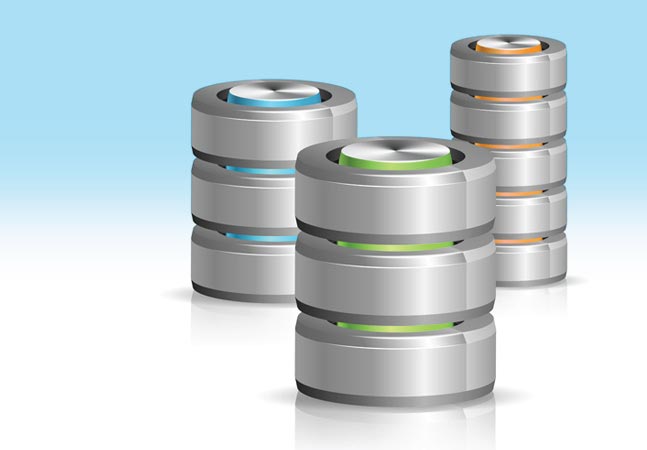
You can turn on logging for your Entity Framework code with a single line. Configuring it to write to a file takes only a little bit more effort.

I don't believe in coding design tools. I've been programming for more than 30 years now (40 years if you go back to my first class in programming). I think in code. Code is my design language and procrastination is my friend.

When you hit a breakpoint in Visual Studio, everything stops. If you'd rather other processes keep running, you can enable that.

There's more (and some less) in Entity Framework Core compared to Entity Framework 6, at least in version 1.0. While you can move to Entity Framework Core now, it might be too early for you.

Saving and retrieving data is a fundamental part of all but the simplest of applications. In this article, Nick walks through getting started using Entity Framework with SQLite to persist application data.
- By Nick Randolph
- 12/15/2016

Hashwords can use a pinch of salt for added security. There's a .NET class for that.

It's relatively simple to make use of the multi-window mode now that Xamarin supports it. Here's how.
- By Wallace McClure
- 12/14/2016

If you run an automated test and your test fails then you want to know that it's your fault -- not a problem in someone else's code or the result of a change in your test data. Moq lets you do that in two lines of code, even if your code uses the ASP.NET Session object.

Document databases are a form of NoSQL database that may store all of the information for a given object in a single instance in the database.
- By Jason Roberts
- 12/12/2016

Every once in a while you'll need to use the LINQ Join to get the data you want.

Sometimes the default view of objects in the debugger isn't enough, especially if you operate on complex data structures. Here's one way to alter the view and use a customized one.
- By Bartlomiej Filipek
- 12/08/2016

I predict you'll find this logistic regression example with R to be helpful for gleaning useful information from common binary classification problems.
- By James McCaffrey
- 12/07/2016

If you're using Skip and Take in LINQ to page through your data, a tweak to your syntax can cut your response time by as much as 10 percent as you page through your data.

If you care about data typing and want to avoid null/undefined errors, there's a lot you're going to like in TypeScript 2.0. And, if you like creating general purpose functions that can work with a variety of classes, there's something here for you, too.

Last time, I created the app. This time, I take care of a few annoying but important issues with it, especially in the area of the user's experience with application connectivity.
- By Wallace McClure
- 12/01/2016

A .NET port of the Ruby library allows for experimental testing of code that's gone to production.
- By Jason Roberts
- 11/30/2016

When you're testing an ASP.NET MVC controller (or, really, any class at all) you want to make sure the code that fails is the code you're testing. Moq provides a simple way to isolate the code you're testing and lets you generate test cases.

Pile on the exceptions, and .NET will have your back with the tools it provides at your disposal.

Sometimes you want child objects retrieved with the parent object, and sometimes you don't. What you NEVER want is to retrieve child objects accidentally. Here's Peter's advice on how to get the best performance when loading child objects.

In this Q&A, highly regarded developer and educator Scott Allen shares his thoughts on coding with C#.

The alternative to that simple error-handling combo is the Try...Catch, but it's not as simple as wrapping up your code with it.

Script bundling speeds up your application by reducing the time it takes to download all of your JavaScript code. But you'll need another object to get your files added to the page in the order you want.

The R language simplifies the creation of neural network classifiers with an add-on that lays all the groundwork.
- By James McCaffrey
- 11/10/2016

In test-driven development, you have to decide how you'll divide your test methods between your test classes. The best solution is the one that requires the least effort on your part and implements the Single Responsibility Principle for tests.

There are two attributes you can put on your entity class properties: one is a convenience, the other is essential, and both are required when the primary key for a table consists of two columns.